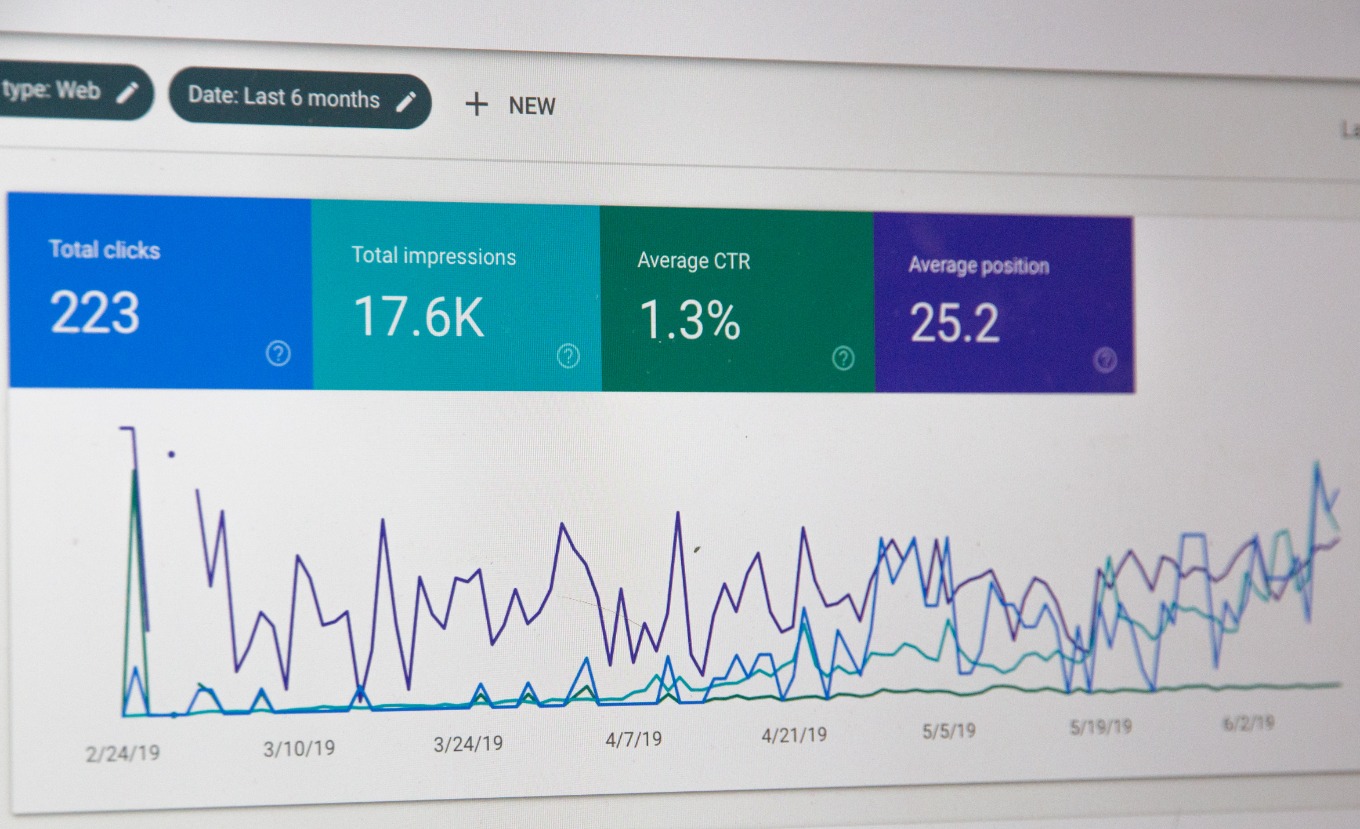Unveiling the Move Management Software Industry Report: Key Discoveries and Insights
An intricate web of logistics, management, and technology, the move management software industry has undergone a transformation, driven by palpable shifts in the digital world. Leveraging massive data sets, industry reports provide a bird's eye view of trends, trajectories, and key discoveries that offer invaluable insights into this burgeoning sector. The recent industry report heralds intriguing revelations that demand an in-depth exploration.
An essential aspect of this exploration is understanding the concept of move management software. A move management software is like a digital wizard that orchestrates the seamless transition of physical assets, people, and infrastructural elements from point A to point B. Its utility extends to realms of space planning, resource allocation, data tracking, and workflow management. The relevance of such software lies in its ability to simplify a complex process, reduce human error, and enhance efficiency, which is crucial in an era dominated by digital transformation.
Traditionally, move management relied on manual tracking and analog systems. However, the advent of digital technologies has revolutionized this landscape. The move management software embodies the confluence of Information Technology and Operational Technology, where digital tools are leveraged to improve physical operations. The software uses the principle of Digital Twin Technology, creating digital replicas of physical assets to monitor, simulate, and optimize the moving process. The key tradeoff here lies between the initial investment in digital technology and the long-term operational efficiency and cost savings it offers.
In an age where data is the new oil, the industry report brings forth some significant discoveries. The move management software market is poised for exponential growth, projected to reach a certain billion-dollar mark by a specific year. This projection is based on a multitude of factors, including the increasing digitization of businesses, changing real estate dynamics, and the growing need for efficient asset management.
Another key insight is the rising trend of cloud-based move management software. A cloud-based software provides mobility, scalability, and flexibility, enabling businesses to adapt to changing needs and circumstances. It also mitigates the need for substantial upfront investment in IT infrastructure, offering a more cost-effective solution. However, concerns around data security and regulatory compliance pose significant challenges.
As the world shifts towards a gig economy and flexible work environments, the demand for agile and scalable move management solutions is more potent than ever. The industrial report highlights the integration of AI and machine learning in move management software as a significant emerging trend. These technologies enable predictive analytics, allowing businesses to anticipate potential challenges and streamline the moving process. However, these technologies introduce the risk of algorithmic bias and the ethical implications associated with AI's decision-making capabilities.
Geographically, North America dominates the move management software industry due to its advanced IT infrastructure and high adoption of digital technologies. However, Asia-Pacific holds tremendous potential, attributed to its booming IT industry and growing digitization.
The report also points out that while large organizations constitute the major share of the market, SMEs are increasingly adopting move management software. The software providers need to tailor their offerings to cater to the distinct needs and constraints of SMEs, thus paving the way for a more inclusive digital transformation.
In conclusion, the move management software industry is on an upward trajectory, propelled by digital transformation, changing work dynamics, and the need for efficiency. However, it also grapples with challenges such as data security and ethical considerations. The future of the industry lies in innovation, customer-centric solutions, and an inclusive approach towards digitalization.
The narrative of the move management software industry is a microcosm of the larger digital transformation discourse. It demonstrates the power of technology to optimize operations, the need to balance efficiency with ethics, and the importance of an inclusive approach to digitalization. It is a story that unfolds with each technological advancement, reshaping the way we manage and perceive the physical world.
A move management software is like a digital wizard that orchestrates the seamless transition of physical assets, people, and infrastructural elements from point A to point B.






